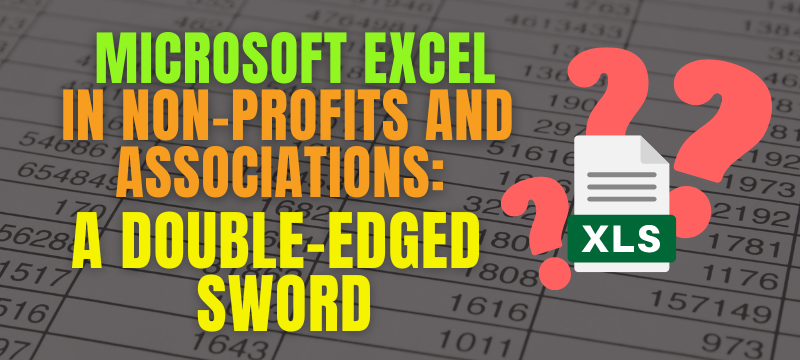Your strategic planning process should include the following steps: Who you are (beliefs, vision/mission) Where…

Why Your Organization Needs a Line of Credit
Cash has been described as the life-blood of an organization and running out of cash can mean the death of a business. It is therefore important to have access to a reliable source of funds if cashflow ever becomes an issue.
What is a business line of credit?
A business line of credit (LOC) lets you draw cash when you need it, up to a predetermined limit, and repay it on your own schedule. Interest is charged on only the funds you actually draw. In contrast, with a term loan you immediately receive the full loan amount and pay interest on it.
A LOC is an efficient way to meet the short-term cash needs of an organization, thereby reducing the risk of running out of cash. A LOC also allows an organization to build a credit history and improve its credit score.
When should I establish a Line of Credit (LOC)?
You might think that you don’t need a LOC because you have a large reserve fund and don’t anticipate ever needing to borrow money. However, that is precisely the time you should establish a LOC!
The best time to apply for a LOC is when you don’t foresee needing one, and your organization is in a very strong financial position. You will be in a better negotiating position and therefore likely to secure more favorable terms on a credit facility. The reality is that events beyond your control could significantly draw down established reserves, and having a line of credit to draw upon in such circumstances can help to mitigate the risk of a cash shortfall.
What is the difference between a Line of Credit (LOC) and a bank loan?
LOC’s are designed to meet short-term (less than one year) cash needs, not long-term capital needs. Your LOC credit usage should reduce to zero at some point during the year. If there is a need for longer-term financing, then a term loan may be a better option. However, for short term borrowing, a LOC has several advantages over term loans:
Lower Interest Rate
LOC’s typically offer lower interest rates than bank loans, and much lower interest rates than credit cards. It is one of the least expensive ways for an organization to borrow money.
Freedom on How Funds Can Be Used
Bank loans usually come with strings attached, including requirements for reporting and maintaining certain financial ratios and restrictions on how the funds may be spent. LOC’s do not have such requirements.
Flexibility
Bank loans are given as a lump sum, with a fixed repayment schedule. In contrast, a LOC is drawn upon only as needed and can be repaid as funds become available.
Every organization should take advantage of securing a LOC. It will reduce risk by providing a ready source of cash in times of cash flow issues, while offering flexible terms and a relatively low interest rate.
If you would like to find out more about how you can reduce business risk, or you need help improving operating efficiency, reducing costs and strengthening your organization, please contact me at 613-727-1230 ext. 212 or [email protected]



